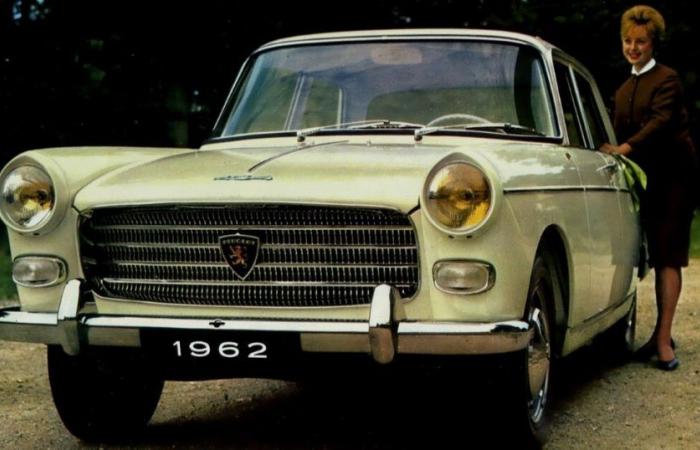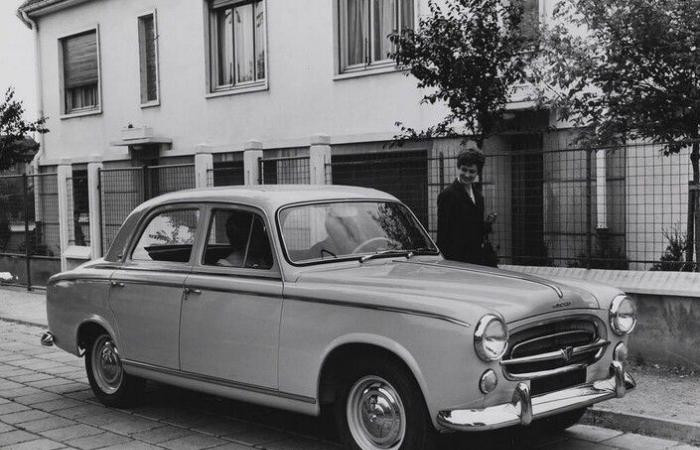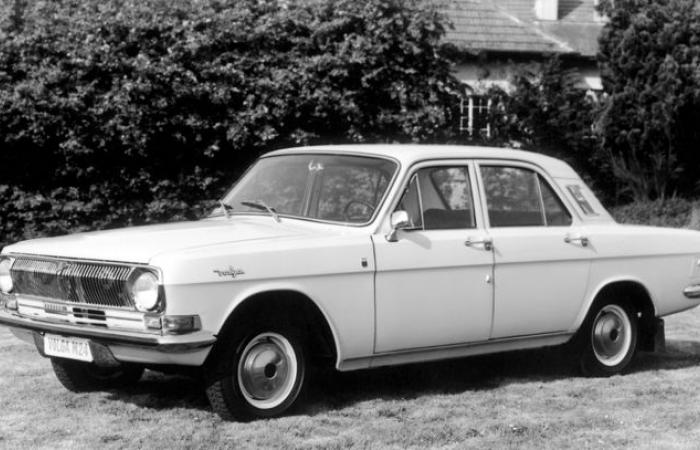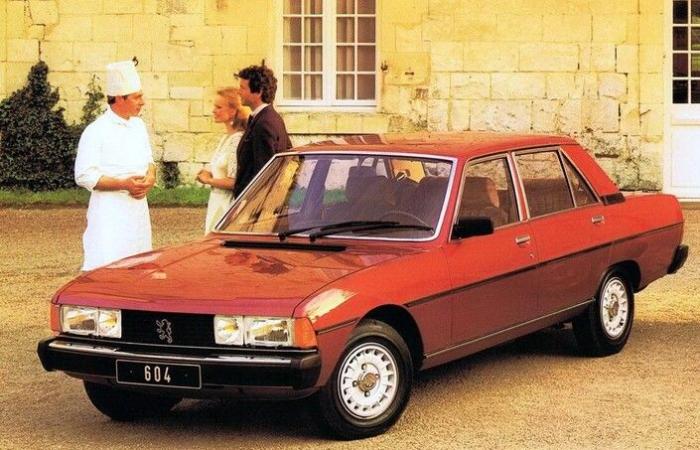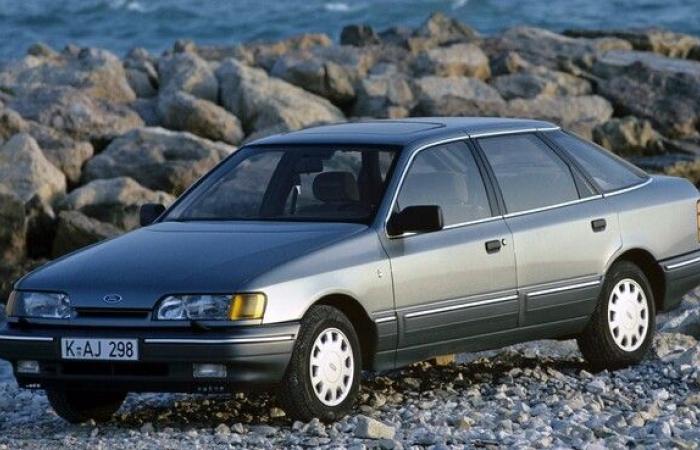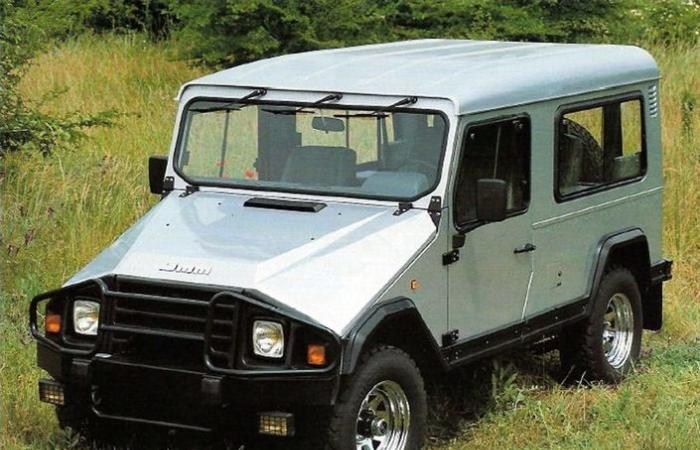Peugeot and dieselit is an almost bygone and yet ancient story. It began in 1928 in Lille, in its engine subsidiary founded in 1898 and renamed that year CLM (Compagnie Lilloise de Engines) by turning to diesels intended for industrial and agricultural vehicles. This type of engine almost found a decisive development in the automobile before the Second World War.
In fact, the Sochaux brand has installed, without advertising, a diesel engine in a few taxis 402which required a waiver from the French homologation services because heavy oil engines were prohibited in passenger cars. The experience being conclusive, Peugeot had planned to market its 402 Diesel to the general public in 1940.
Its 55 hp 2.3 liter 4-cylinder, coded HL 50, already equips the MK4 1200 kg utility vehicle, based on… 402. With its cylinder head under Swiss Oberhaensli license, it is very modern : overhead valves, 5-bearing crankshaft, glow plugs… Problem, it is expensive, and in any case, the war which broke out in 1939 prevented its marketing in the 402 touring car. Peugeot therefore leaves Mercedes alone on the car market. berline diesel (the 260 D launched in 1936), and was even overtaken by Fiat which marketed its 1400 D in 1951.
Slowly but surely, the lion brand is struggling a new engine, the TMD which appeared in 1959 in the 403. With a displacement of 1.8 l, it benefits from a Ricardo-licensed cylinder head, develops 48 hp and is produced by CGM (Compagnie Générale de Engines), the new name of the CLM since 1955. This adopts the‘appellation commercial Indenor (for Eastern and Northern Industrial Company). It will fit into many different types of vehicles. At Peugeot of course, but also Citroën, in the famous Type H utility vehicle. There are even a few Renault Frégates equipped with this engine!

In 1962, the TMD engine became XD85 in the Peugeot 404 Familiale and Commerciale, then evolved profoundly, becoming the These “Indenor” engines, efficient for their time, reliable and economicalwill spread like a trail of oil. 404, 504, J7…
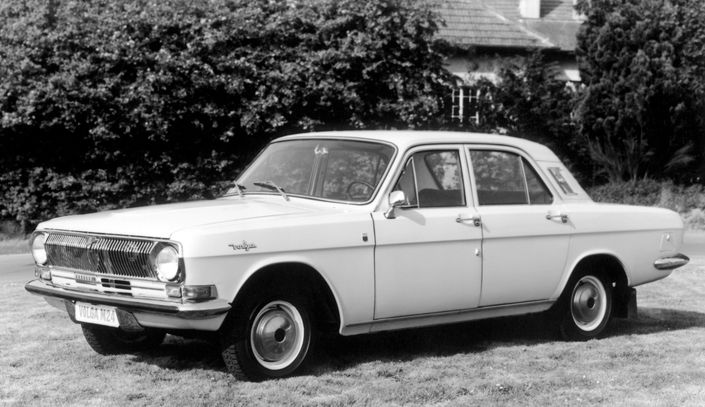
In 1970, an XD90 variant (2.1 l, 65 hp) was developed, and would power a even greater number of vehiclesnotably the Ford Granada, the Portuguese variants of the 4×4 Cournil, the UMMs, even South American or Indian Jeeps (Mahindra).
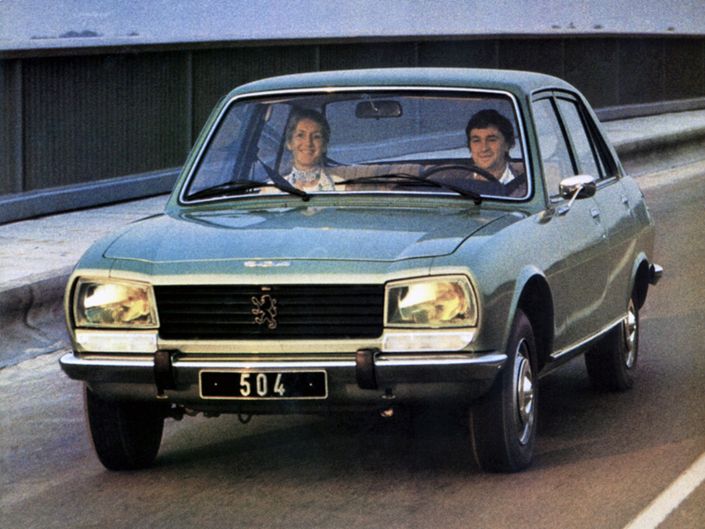
In 1978, the evolution XD2marked by a displacement of 2.3 l and a power of 70 hp, was also successful. With this block, the Peugeot 504 GLD happily passes 140 km/h: exhilaration of speed! We find the XD2 in the Peugeot 505, which will have its small success with American taxi companies, but also the Ford Sierra from 1983, which will certainly be the fastest car equipped with this engine: thanks to its Cd of 0.34, it exceeds 150 km/h. Accelerations? Lethargic.
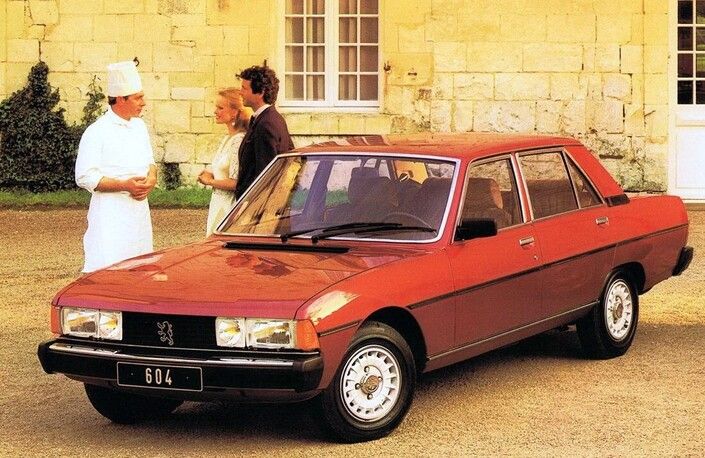
In the meantime, the Indenor has been perfected, benefiting from a turbo. Called XD2S for the occasion, it becomes the first turbo-diesel marketed on a European production sedan : the Peugeot 604, in 1979. Thanks to him, the large sedan saved its commercial career! With 80 hp, it also makes its way under the hood of the 505 but also the improbable Talbot Tagora.
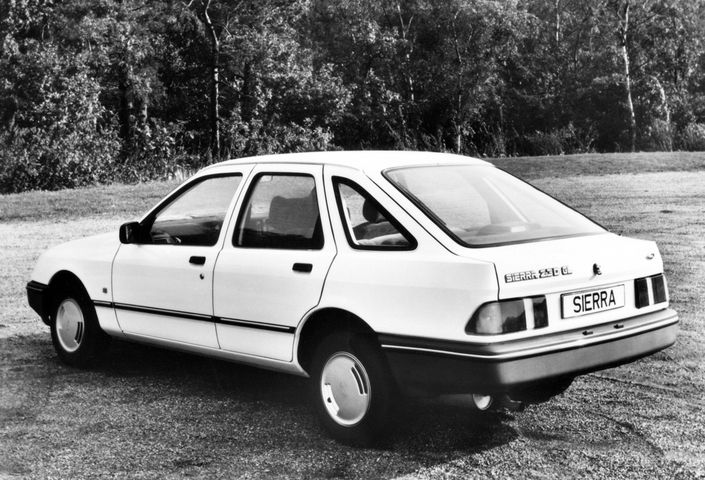
Problem, from 1981, it entered into competition with the XD3, variation to 2.5 l and 75 hp of the XD2. Almost as efficient as the XD2S, the XD3 will notably power the 505, the Peugeot P4 military 4×4 and even the heavy Ford Scorpio in 1986.

Then it too will benefit from a turbo in 1983: coded XD3T for the occasion, it produces 90 hp, and here again, it is the Peugeot 604, in its version GTDwho inaugurates it. The Peugeot 505 and Ford Scorpio will enjoy it, as will theUMM Alter. But, despite its solidity and its still up-to-date performance, the good old Indenor, which has retained its side camshaft, is reaching the end of development.
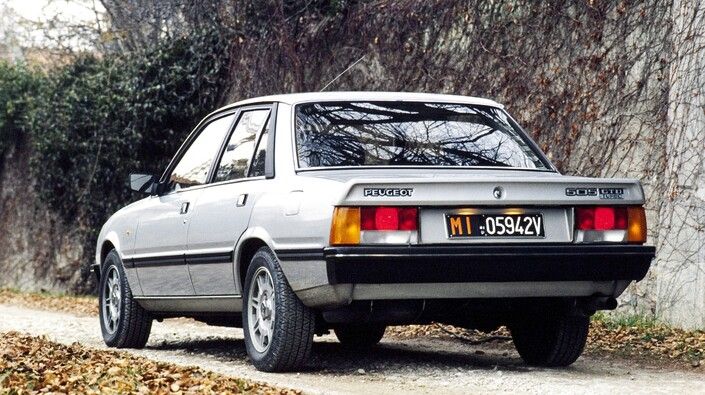
Certainly, in 1986 he benefited from a temperature exchanger which allows the power to be increased to 110 hp, more than double that of the initial XD85 version! The 505 GTD which benefits from this ultimate XD3 TE reaches 170 km/h. However, it was not the latter that would be the last to trust Indenor, but the UMM Alter which would use it until 1994. Well, so to speak, because in 1992, the CGM was renamed Peugeot Citroën Engines.
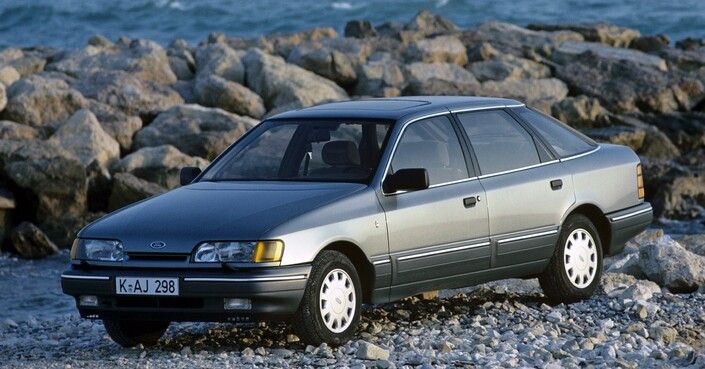
Renowned for their solidity, the Indenor, or XD, will appeal to relatively little-known brands with us: the Belgian importer Scaldia of the Russian Volga will equip it with it, we will also find it in various vans, including the Opel Blitz or the Daf 400. We know less than developments to 6 cylinders of the XD, coded XDP 6.85 (2.7 l), XDP 6.88 (2.9 l) and XDP 6.90 (3.2 l), were created for non-tourist uses, notably in marine with the help of Volvo.
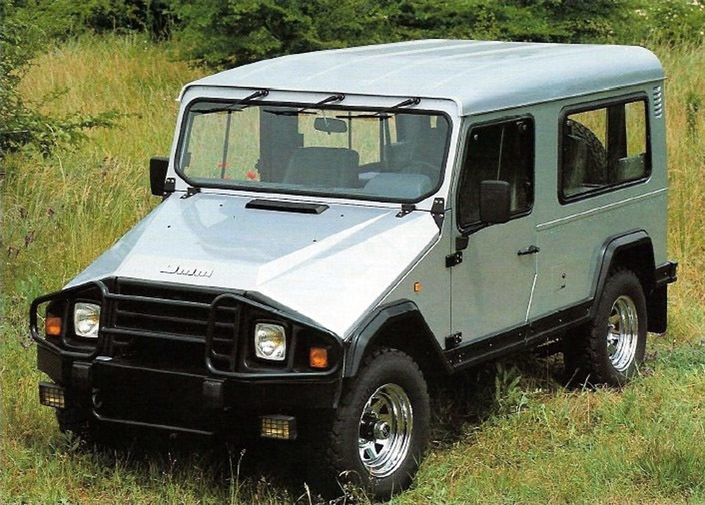
Most models equipped with Indenor will accumulate hundreds of thousands of kilometers without major problems, some passing the million kilometers with disconcerting ease. We wonder when Peugeot, within Stellantis entangled in the sad affair of the Puretechs which break one after the other, will start manufacturing such solid engines again…

